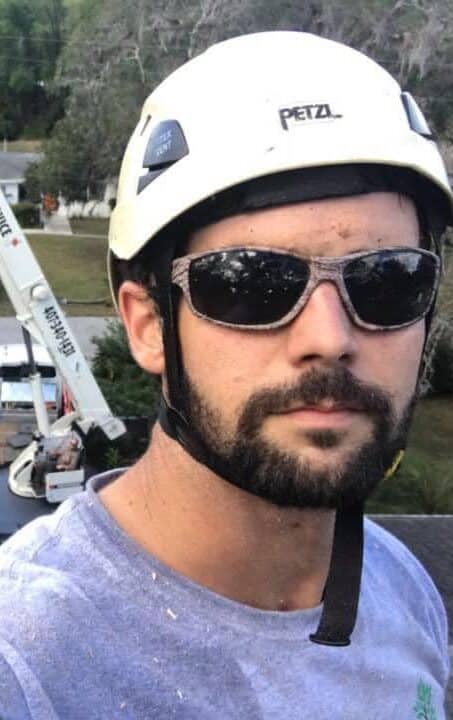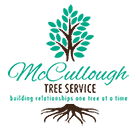By: Shelby McCullough| Published: June 22, 2024
Trees are an integral part of our environment, providing shade, beauty, and numerous ecological benefits. However, there are times when cutting down a tree becomes necessary for safety, health, or practical reasons. This blog explores the various scenarios in which you might need to cut down a tree, how to identify these situations, and the best practices for tree removal.
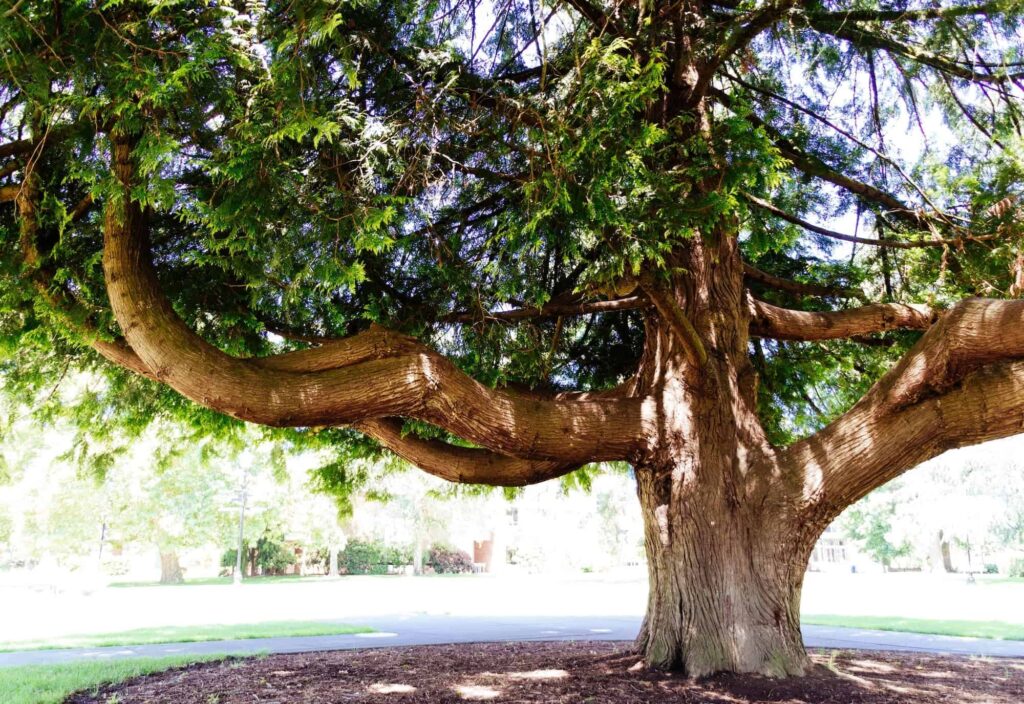
Understanding the Need to Cut Down a Tree
Trees, like any other living organisms, have a lifespan and can suffer from diseases, structural problems, and other issues that necessitate removal. Here are the main reasons for considering cutting down a tree:
- Safety Concerns
- Dead or Dying Trees: These pose a significant risk as they can fall without warning.
- Structural Damage: Trees that are leaning precariously or have significant trunk damage can be hazardous.
- Proximity to Power Lines: Trees growing too close to power lines can cause power outages and pose a fire risk.
- Health of the Tree
- Disease and Pests: Trees severely affected by diseases or pests may not recover and can spread the problem to nearby trees.
- Poor Growth: Trees that show stunted growth or have significant deadwood may need removal to prevent further decline.
- Property Damage
- Roots Causing Damage: Tree roots can damage foundations, sidewalks, and driveways.
- Overcrowding: Trees planted too close to each other can compete for resources, leading to poor growth and health.
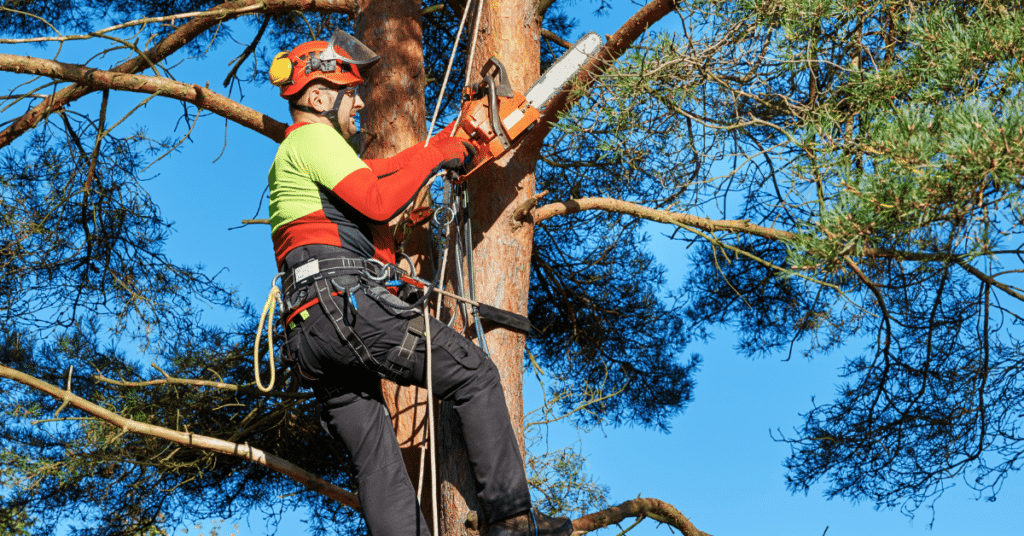
Identifying When to Cut Down a Tree
Recognizing when a tree needs to be cut down can save time, money, and prevent potential hazards. Here are some signs to look out for:
- Visible Decay or Damage
- Large dead branches
- Cracks in the trunk
- Significant lean
- Poor Leaf Health
- Sparse foliage
- Leaves that are smaller than usual
- Discolored or deformed leaves
- Root Issues
- Mushrooms growing around the base
- Heaving soil at the base
- Visible roots that are decayed or damaged
- Structural Integrity
- Multiple trunks or co-dominant stems
- Weak branch unions
- Hollow trunk
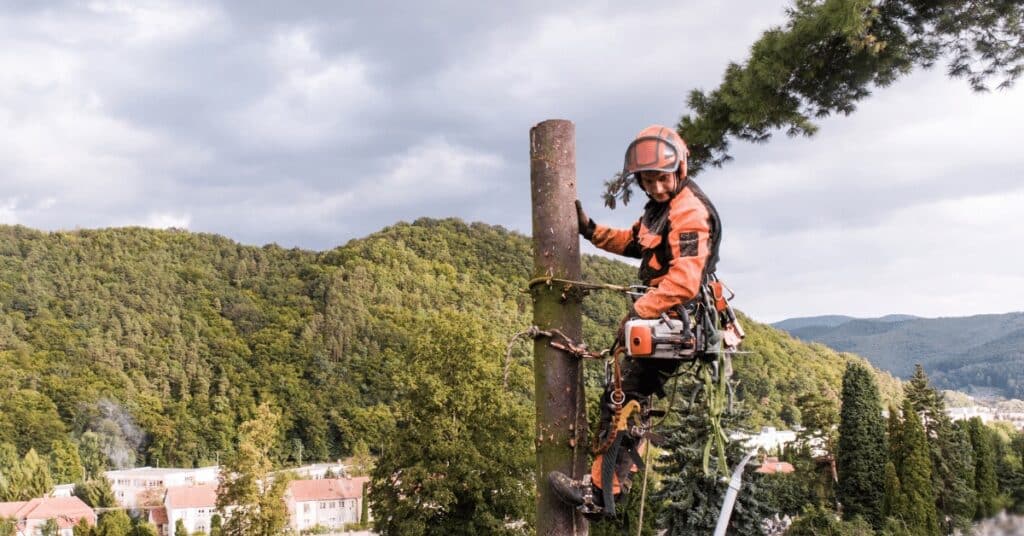
Best Practices for Cutting Down a Tree
Cutting down a tree is a complex task that should ideally be handled by professionals, such as those from McCullough Tree Service. Here are some best practices to follow:
- Safety First
- Always wear protective gear.
- Ensure the area around the tree is clear of people and pets.
- Proper Tools and Equipment
- Use appropriate tools like chainsaws and ropes.
- Ensure all equipment is in good working condition.
- Plan the Fall
- Determine the direction the tree will fall.
- Clear a path and establish a retreat route.
- Step-by-Step Process
- Make a Notch Cut: A 70-degree cut on the side facing the direction of the fall.
- Make a Felling Cut: A horizontal cut on the opposite side, slightly above the notch cut.
- Retreat: Move away quickly along your predetermined route once the tree begins to fall.
FAQs About Tree Cutting
Q1: When should I call a professional for tree removal?
- A1: If the tree is large, near structures, or you are unsure about how to safely cut it down, it’s best to call professionals like McCullough Tree Service.
Q2: Can I remove a tree myself?
- A2: While small trees can be removed by homeowners, large trees or those near power lines and structures should be handled by professionals.
Q3: What should I do with the tree after it’s cut down?
- A3: The wood can be used for firewood, chipped for mulch, or disposed of according to local regulations.
Q4: How often should I inspect my trees for health and safety?
- A4: It’s advisable to inspect your trees annually and after major storms.
Q5: What are the signs of disease in a tree?
- A5: Look for symptoms like discolored leaves, unusual growths, soft spots in the wood, and the presence of pests.
Conclusion
Knowing when to cut down a tree is crucial for maintaining safety and the health of your landscape. If you’re in doubt or dealing with a large or potentially dangerous tree, professional services like McCullough Tree Service offer the expertise and equipment needed for safe and efficient tree removal. Regular inspections and maintenance can help you identify problems early and take action before they become severe.
